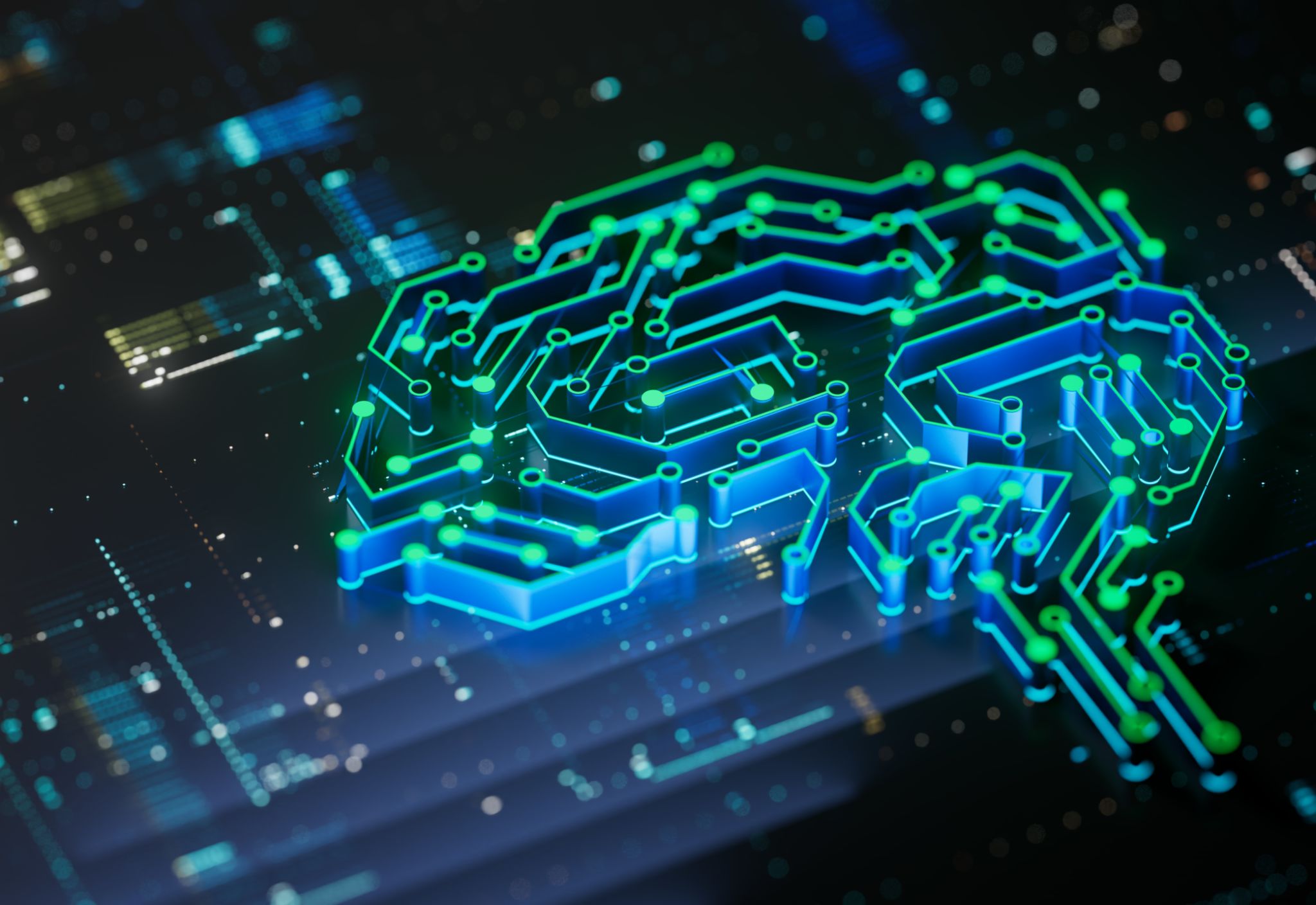Debunking Myths: What AI Training Really Entails
Understanding AI Training: Beyond the Myths
Artificial Intelligence (AI) is a buzzword that often conjures images of futuristic robots and super-intelligent machines. However, the reality of AI training is far less mythical and much more grounded in practical methodologies and data-driven processes. Here, we will debunk some common myths about AI training and shed light on what it truly involves.

Myth 1: AI Systems Train Themselves
One prevalent myth is that AI systems are entirely self-sufficient and can train themselves without human intervention. While it's true that machine learning models can improve over time with exposure to more data, they still require significant human oversight. Data scientists and engineers play a critical role in curating datasets, selecting appropriate algorithms, and ensuring the model's output aligns with real-world expectations.
Myth 2: More Data Always Equals Better AI
The idea that more data automatically leads to better AI performance is another common misconception. While having a large amount of data can be beneficial, the quality of the data is equally important. Poor-quality data can lead to inaccurate models, regardless of its quantity. Therefore, data cleaning and preprocessing are essential steps in AI training, ensuring the dataset is both comprehensive and relevant.

Myth 3: AI Training is Quick and Easy
Many believe that AI training is a quick process that can be completed in a matter of days. In reality, it can be a time-consuming endeavor. Training complex models often requires substantial computational resources and can take weeks or even months to achieve satisfactory results. This timeframe includes multiple iterations of testing, evaluation, and refinement to optimize the model's performance.
The Role of Human Expertise in AI Training
Human expertise is indispensable in the AI training process. Data scientists must apply their knowledge to choose the right algorithms and adjust parameters for optimal performance. They must also interpret results and make necessary adjustments based on their understanding of both the data and the desired outcomes. This blend of human insight and machine capability is what makes AI systems truly effective.

Tools and Technologies Used in AI Training
A variety of tools and technologies are employed in AI training. From programming languages like Python and R to frameworks such as TensorFlow and PyTorch, these tools help streamline the development process. Additionally, cloud computing platforms offer scalable resources that accommodate the extensive computational demands of AI training.
Ethical Considerations in AI Training
As AI systems become more ingrained in our daily lives, ethical considerations in their training have gained prominence. Ensuring fairness, transparency, and accountability in AI systems is crucial. Developers must be vigilant about biases in datasets and work towards creating models that do not perpetuate existing inequalities or unintended biases.

The Future of AI Training
Looking ahead, the field of AI training continues to evolve rapidly. Innovations such as transfer learning, where models leverage existing knowledge for new tasks, are making training more efficient. Additionally, advancements in unsupervised learning methods are opening up new possibilities for developing intelligent systems that require less labeled data.
In conclusion, AI training is a complex process that involves careful planning, significant human expertise, and a commitment to ethical standards. By understanding what AI training truly entails, we can dispel myths and appreciate the intricate work involved in developing the intelligent systems shaping our future.